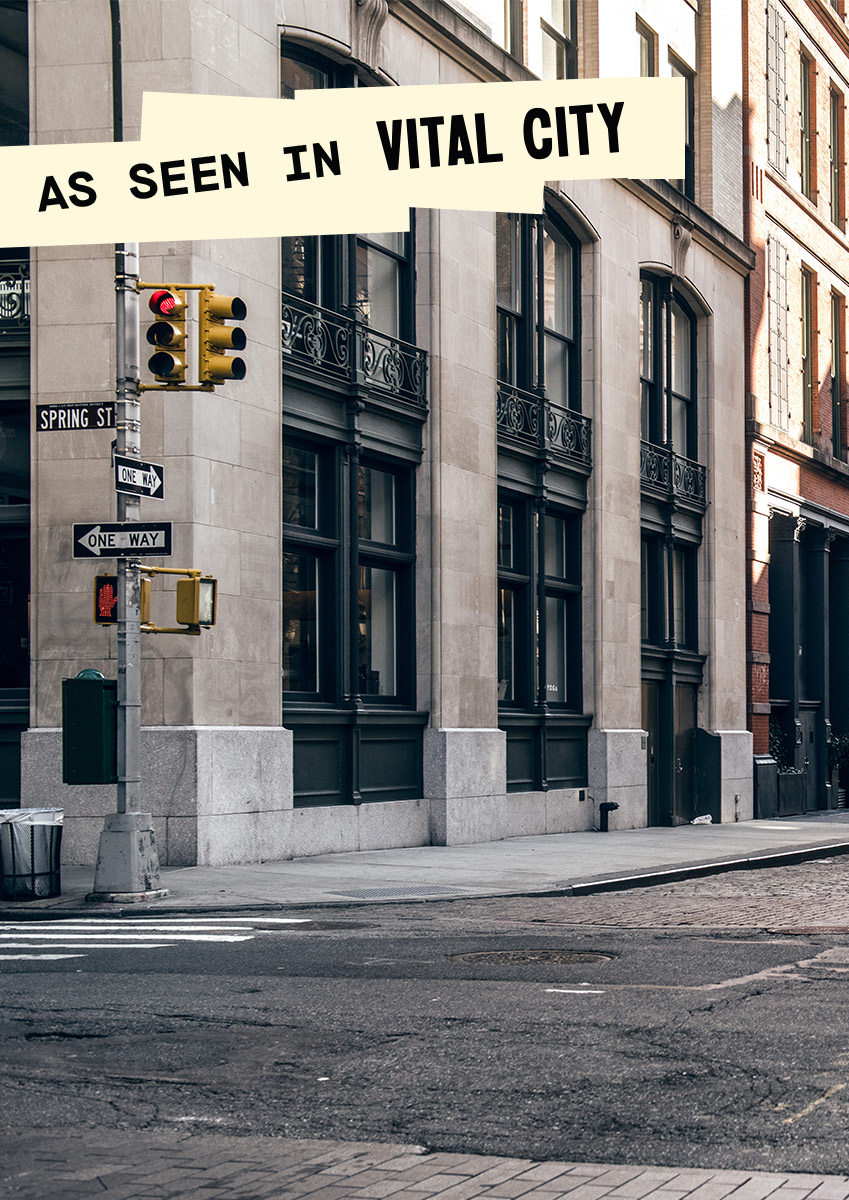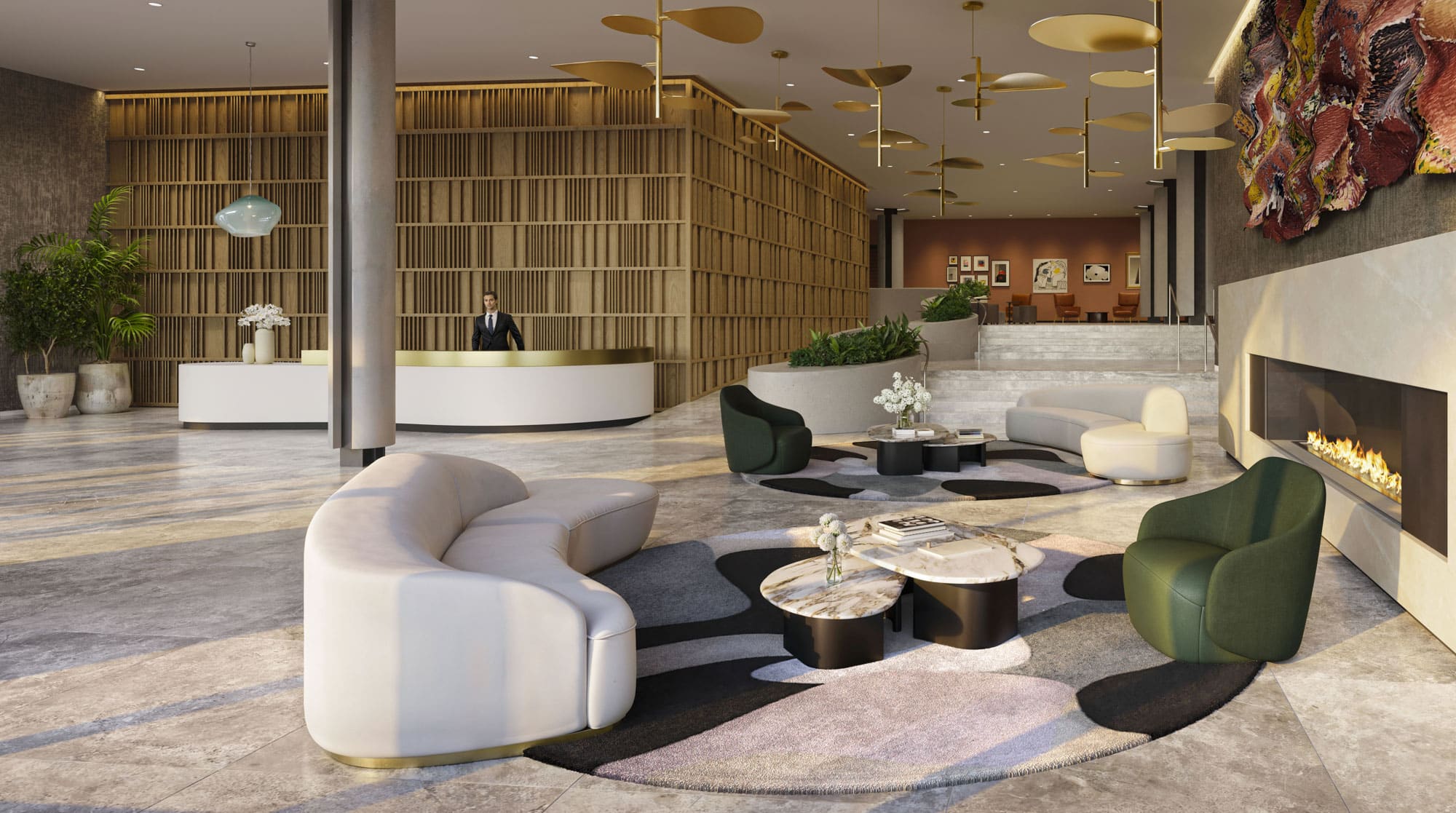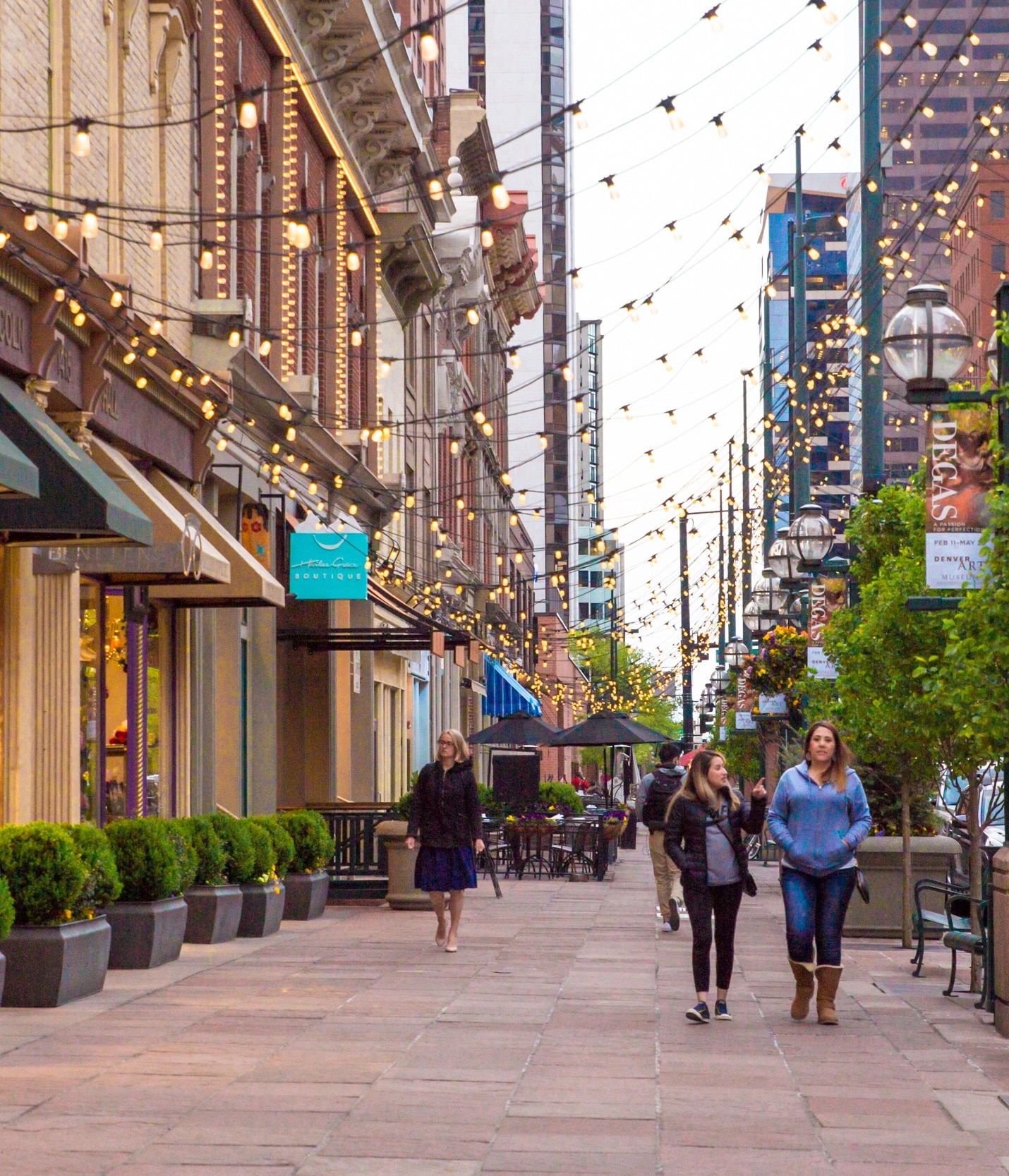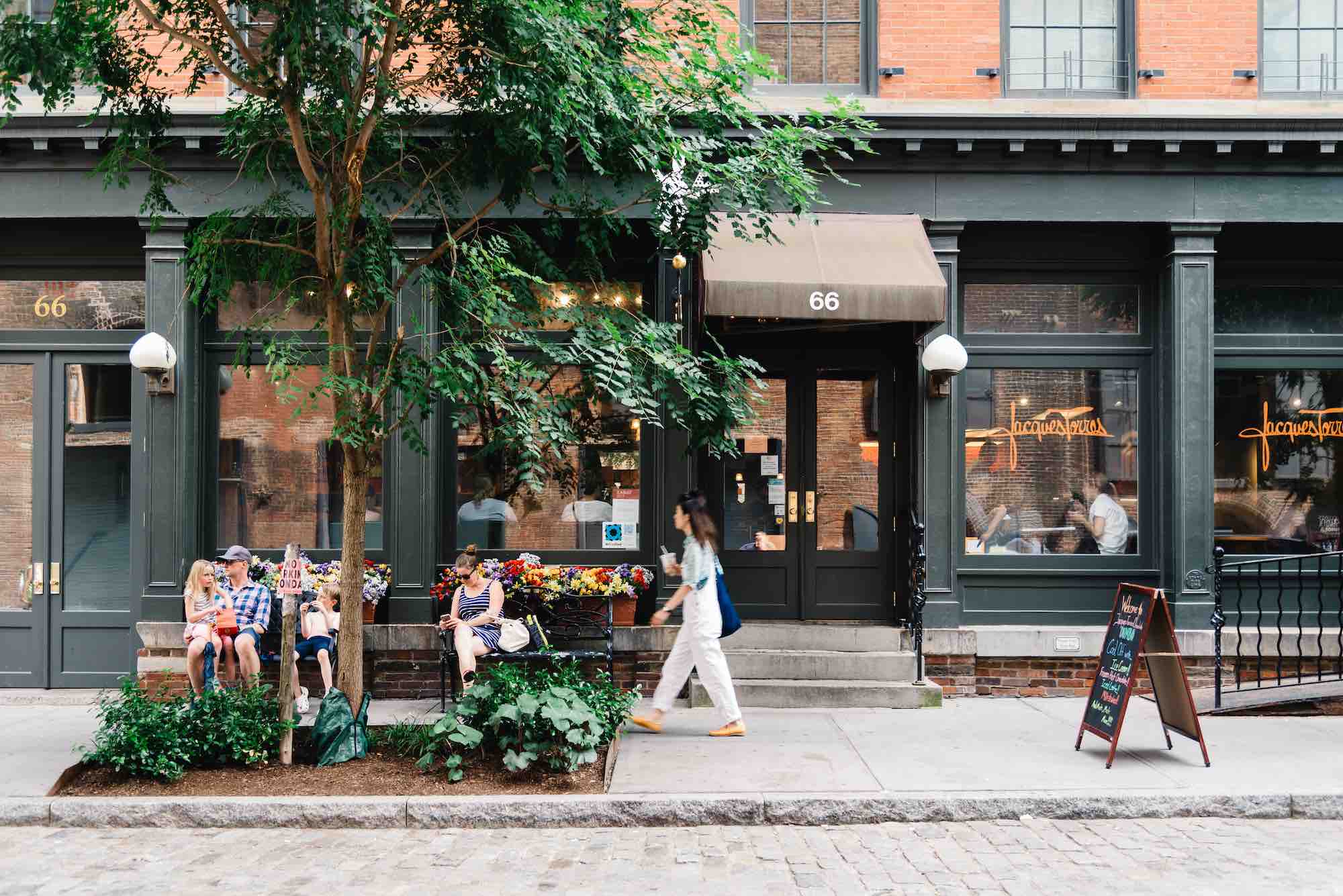The era of “if you build it, they will come” is over. If only it were still that easy to attract tenants and consumers to developments, but in today’s dynamic real estate climate, mixed-use developers and investors are hesitant to develop projects speculatively. Major real estate categories, such as retail and office space, are going through a significant transformation in response to oversupply, market demand, and changing customer preferences. Building or converting the development program to an optimum size, also known as rightsizing, understanding consumer wants and needs, and evaluating how a development will fit into the competitive landscape has become critical to manage risk and ensure a successful investment.
Rightsizing Retail
Retail is now one of the most critical aspects of a mixed-use program to rightsize. It’s becoming increasingly important to evaluate sales performances in certain markets, and rightsizing the retail program to tailor-fit the community — creating a retail mix designed to appeal to the consumers’ wants and needs, as well as evaluating competition from surrounding retail programs. While some areas are bursting with shoppers eager to spend, others are more suited for a small retail program containing only the essentials. While particularly important for new projects, it is also relevant for existing assets where retail programs have become too aggressive and oversized for the market. If not properly suited for the community, oversized retail programs can create vacancy problems that impact the value of the entire development. Due to an oversupply in the industry, retail has been shifting to an amenity use, driving value to other uses but remaining a small part of a project’s net income. Take, for example, The Apollo on DC’s H Street. The addition of The Wydown coffee shop in the lobby allows the apartment building to open its doors to visitors and serves as a convenient amenity to Apollo residents, though the retailer ultimately remains a minimal part of the mixed-use building’s revenue stream.
Orienting Offices
Office space is another mixed-use development aspect that needs to be carefully studied. In the Washington MSA, an area that includes Washington DC, Maryland, and Virginia, there are approximately 60 million square feet of vacant office space — most of which are older buildings in suburban locations. The area’s changing workforce is demanding amenities in engaging environments, leaving vacancies in areas lacking enticing conveniences like fitness centers, outdoor areas, small grocery markets, and retailers. And with over 400,000 DC area residents using public transportation to get to work every day, this workforce relies on office spaces in central, or at least metro-accessible, areas. While offices bring daytime customers that activate areas and benefit retailers, they cannot be forced into locations that are challenging to attract employees, reinforcing the importance of selecting optimum sites.
Rightsizing and creating a balanced program that meets market demand and perfectly suits customer preferences is key to developing successful projects in today’s ever-changing market.
For Streetsense updates, follow us on social media or sign up for the Word on the Street newsletter.
BACK TO LATEST








